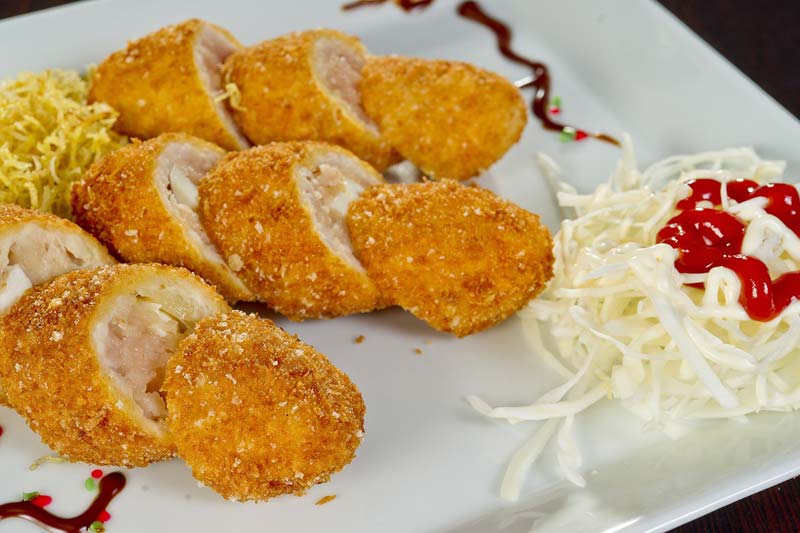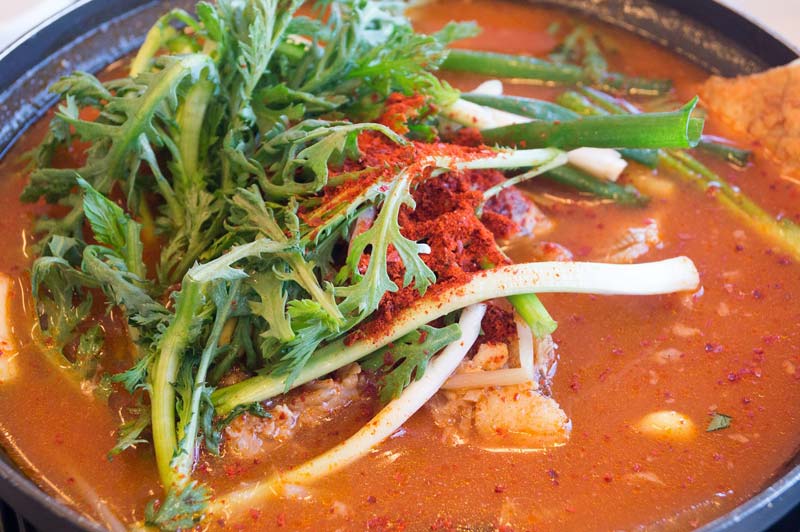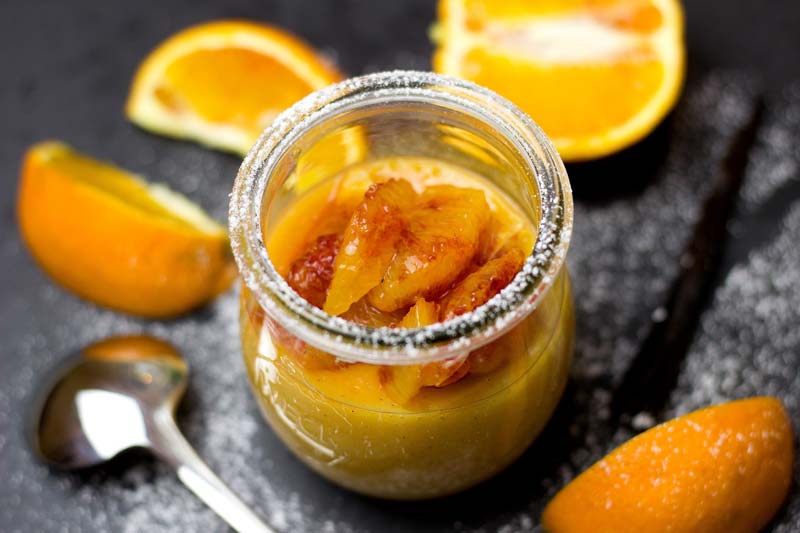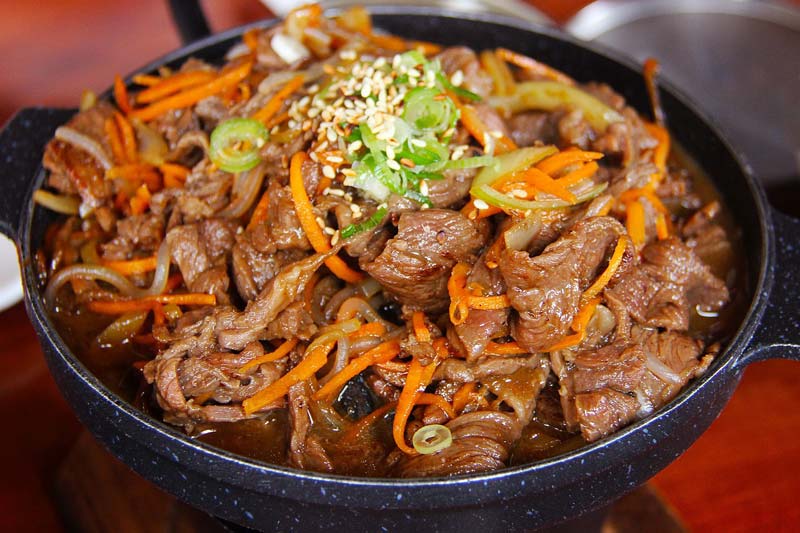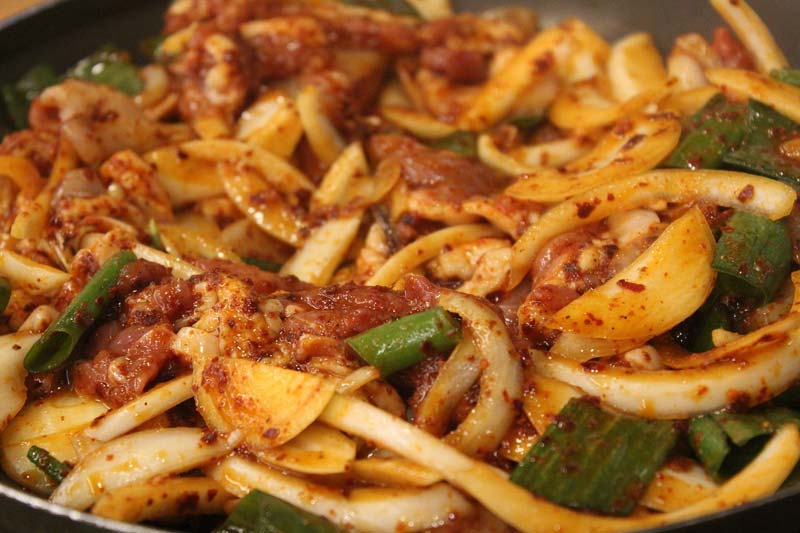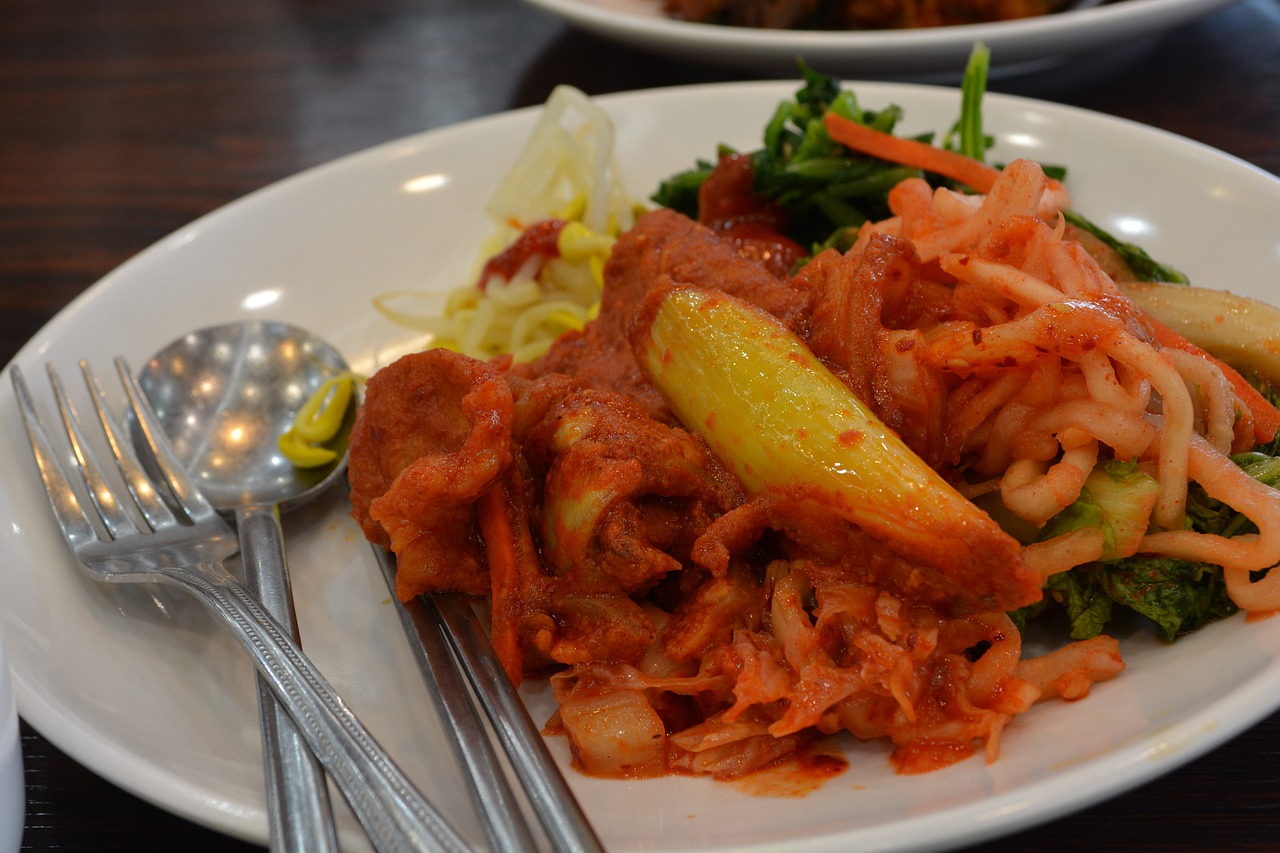Tea was originated from the drink made of leaves of tea tree which is botanically classified and tea can be defined as ‘favorite drink made using plants as materials’. The word ‘Tea’ was originated from Fuzien Sheng and Guangdong Sheng of China, and teas
Green tea is made of young leaves of tea tree taken in early spring and oxidation enzyme in the leaves was destroyed to prevent fermentation. Black tea is made of young leaves of tea tree but leaves are completely fermented. Half fermented tea is called semi-fermented tea. There is a post-fermented tea like Puer tea.
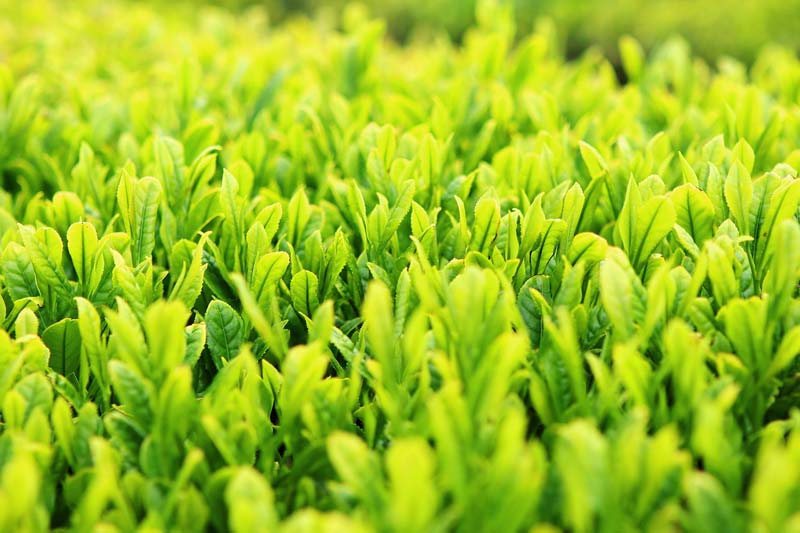
Green tea leaves. Tea plantation, fot. Photowill / pixabay
Kind of Tea
In accordance with the method of producing tea, the colors, flavors and tastes are different and also the names are called differently. There may be a variety of classification method depending on the place of production, method of production and time to take leaves, but in general classification is made depending on whether tea was fermented or not.
Non-fermented tea
Tea leaves are not fermented at all and it is called green tea. Green tea is produced in the areas such as Japan, northern part of China and Viet Nam including Korea. There are duckweed tea (“Bucho tea”) which is parched in an iron pot and steamed tea (“Jeungje tea”) which is steamed in an earthenware steamer. Bucho tea has good taste and flavor while Jeungje tea is good in color.
Semi-fermented tea
Tea leaves are withered and stirred under sunlight or indoor for 10~70% fermentation and it is mainly produced in Guangdong Sheng of China and Taiwan.
As semi-fermented tea, there are teas such as jasmine tea, pojong tea, oryong tea and yellow tea and many people like these teas to enjoy unique flavor of flower and the teas are good for reducing weight.
Fully fermented tea
This is a series of black tea which is made through complete fermentation of tea leaves. Black teas produced in various countries fermented more than 95%.
Post fermented tea
Puer tea is a representative tea as post fermented tea. This tea does not go through withering process. Like green tea, tealeaves are stored in an iron pot covered with lid to maintain moisture in the leaves. Then leaves are taken out from iron pot, put into a wooden box or bamboo box and store the boxes for some time for ripening and natural fermentation by microbes in the air.
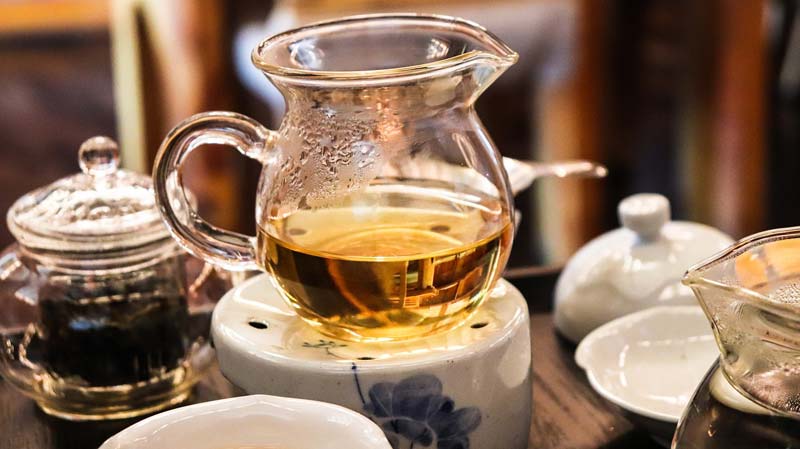
Korean Tea, fot. allybally4b / pixabay
Origin of Tea
Tea was introduced in Korea at the time of Queen Seondeok of Silla dynasty together with Buddhism, and there is a record that tea was cultured around the area of Hwagye-dong in Mount Jiri at the time of King Heungdeok of Unified Silla dynasty. As tea is known to have outstanding effect to clear up head, Buddhist priests liked to drink tea and around the era of Goryeo dynasty tea culture reached the summit and therefore there was an official government agency in charge of tea supply, which supplied tea in the palace.
Traditional Tea
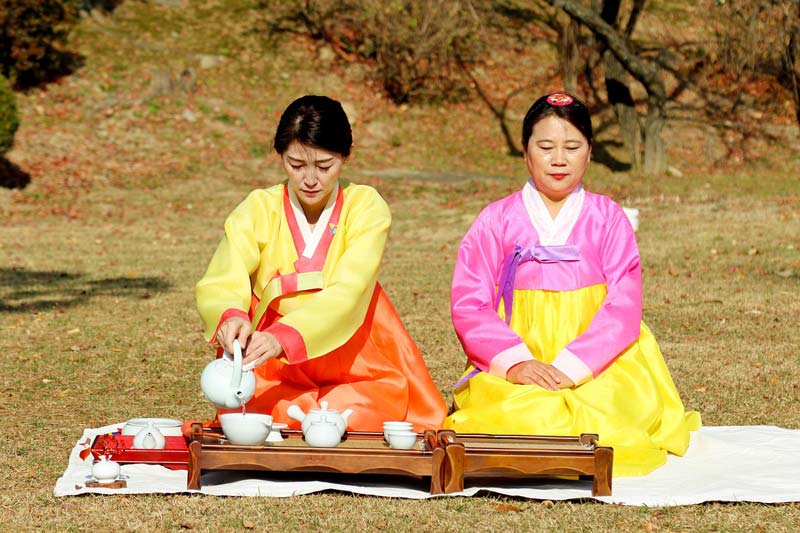
Two women during a tea ceremony., fot. manseok_Kim / pixabay
As the efficacy of tea is widely spread out, people drink our traditional teas a lot in addition to green tea.
The kinds of our traditional tea consist of
- leave tea- such as the kinds of green tea, persimmon leave tea and pine leave tea,
- fruit tea-such as Chinese matrimony vine tea, date tea, Chinese quince tea, pomegranate tea, chinensis tea and grape tea
- flower tea- such as mums tea, citron flower tea and ume flower tea
- Chinese herb tea-such as arrowroot tea, ginseng tea, ginger tea, acantheopanax senticosus tea and eucommia ulmoides tea.
Balloon flower tea
The color of flower of balloon flower is purple or white. Not only its root but also young leaves and its stalks are edible.
Green perilla tea
Green perilla was generally used for seasoning as its taste and flavor is unique. It has been used for drink by many people because of its superior nutrition.
Japanese apricot tea
As it contains organic acid, it is good for the recovery from tiredness.
Grape tea
Grape is alkali food and it is good for the recovery from tiredness.
Chinese quince tea
Sugar or honey is put into sliced Chinese quinces and stored for soaking. Chinese quince tea is to drink the water soaked out. This tea is very good for cold and therefore people drink this tea usually in winter time.
Pine leaf tea
Wash young pine leaves and put into boiling water.
Ginger tea
This tea is good for cold and therefore people drink this tea in winter time.
(foodculture/foodculture4_1.jsp)
